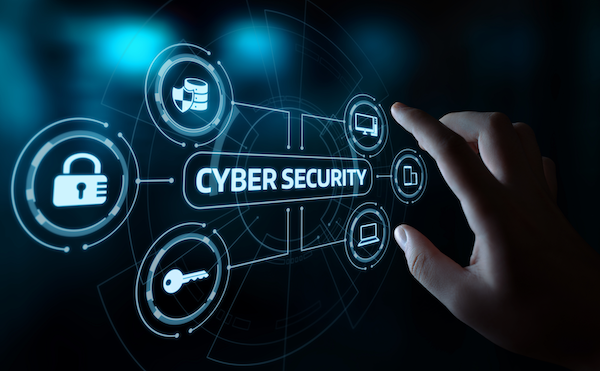Protecting your business network against cyber threats is crucial. However, securing your network involves more than just digital defences; it covers a variety of practical strategies that can significantly reduce risks.
In this blog, we will guide you through five straightforward and effective practices to strengthen your network security. From the basic step of securing your physical hardware to advanced measures like using a virtual private network (VPN) for safe remote access, these tips are designed to be accessible and easy to implement.
Whether you're a small business owner or managing an enterprise, these insights will help you create a more secure environment for your business operations.
1. Protect Your Network's Physical Space
When you think of network security, physical security might not come to mind first, but it's just as important. Even with strong digital security measures, it won't matter if someone can physically enter your server room and plug in a USB drive. That's why securing your physical space is key to preventing theft, damage, or hacking attempts.
If someone gains access to your hardware, they can steal data, damage equipment, or even install harmful software. To avoid this, you should:
- Use locks, biometric scanners, and cameras to control access to server rooms and network closets.
- Monitor who enters your office with badges, visitor logs, and a receptionist.
- Make sure guests are led through secure areas.
- Limit who can physically touch important devices like servers and routers.
- Secure computers with locks or cables.
2. Break Up Your Network
Every device on your network has access to everything on it. If a hacker manages to break into one device, they could potentially take over your entire network. While it's impossible to have 100% protection, you can make it harder for hackers to do serious damage by breaking up your network into smaller sections.
This process, called network segmentation, divides your network into different parts, so if one area is compromised, the problem is contained. For example, you could set up separate networks for different departments, like sales, support, and operations, to limit the damage from a breach. You can use routers or switches to create these separate sections within your network.
More advanced methods, like separating backup servers completely from the rest of your network, can add extra security, but use these with caution because they can sometimes make things less efficient.

3. Centralised Log Management
Logs are records of everything that happens on your network—errors, changes, or events. Checking these logs is crucial for catching security issues, but sorting through them manually is overwhelming, especially if you have a lot of servers.
A centralised log management (CLM) system gathers all of your logs in one place, making it easier to search, analyse, and track what's happening on your network. It can also:
- Store logs for a set time.
- Make searching for errors quicker.
- Trigger alerts when something unusual happens.
- Create easy-to-read reports and dashboards.
Using a CLM helps you catch security threats faster and figure out where your network might be vulnerable.
4. Use a Virtual Private Network (VPN)
A VPN is a must-have if your employees work remotely or access your company's resources from outside the office. It secures your internal systems by encrypting data and blocking unauthorised access, making sure that even when employees are using public networks, your business stays safe.
For businesses with remote workers or employees on the go, a VPN ensures they can safely access company resources without risking your network's security.
5. Automate Your Security
Whenever you change your IT setup or add new devices, like IoT gadgets, you open new doors for security risks. Mistakes, like misconfigurations, also happen, and these can make your network vulnerable.
Security automation can help by handling routine tasks automatically, freeing up your team to focus on bigger security issues. For instance, automation can filter out false alarms from real threats, saving your security team a lot of time.
Automation also ensures your business stays compliant with regulations by continuously monitoring your network, flagging errors, and creating reports.
By following these simple steps, you'll create a more secure environment for your business and protect it from potential threats.

Conclusion
Securing your business network requires a combination of physical protection, network segmentation, centralised log management, VPN usage, and security automation. By implementing these best practices, you can protect your business from common threats and keep your data safe.
However, network security is an ongoing process, and staying ahead of potential risks is crucial. For expert guidance and personalised solutions, reach out to Radium. Our team can help you strengthen your network security and protect your business from evolving cyber threats. Contact us today to learn more about how we can assist you!

